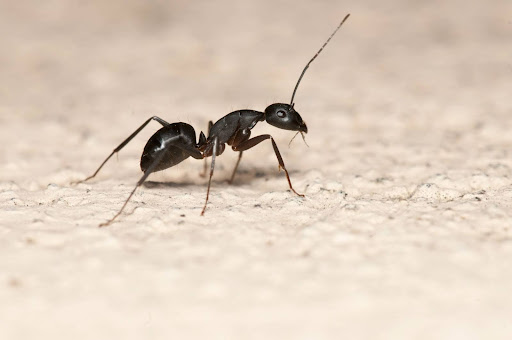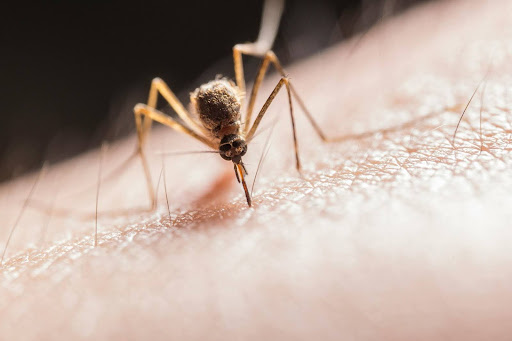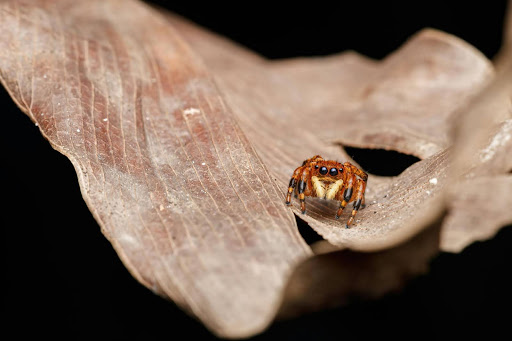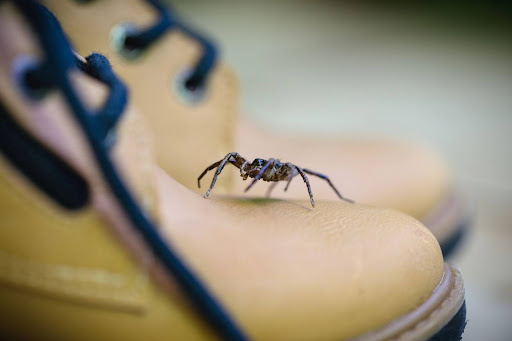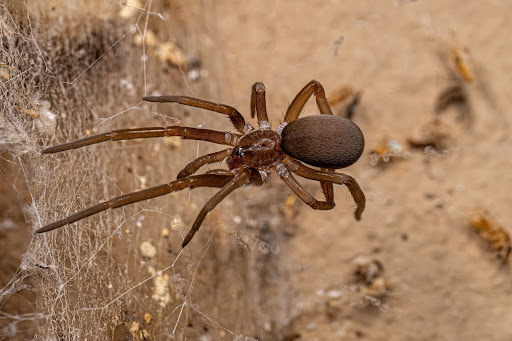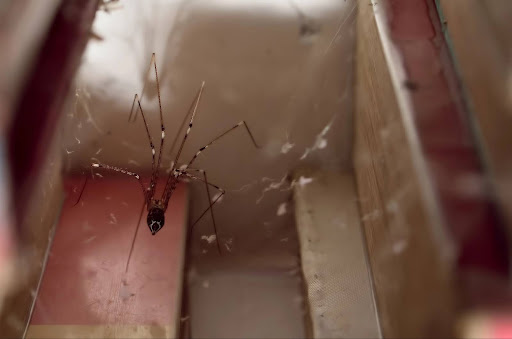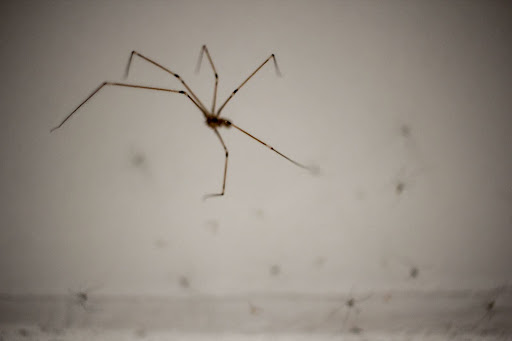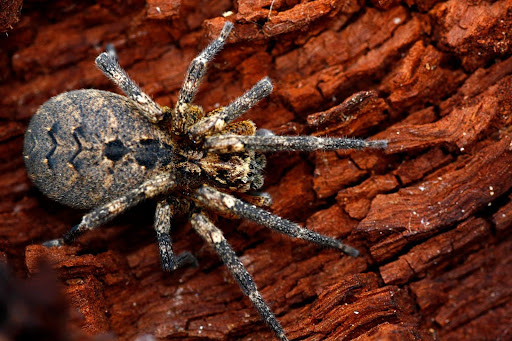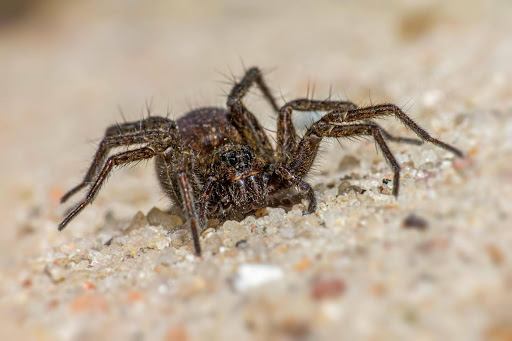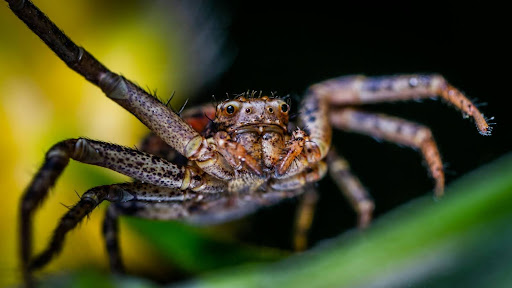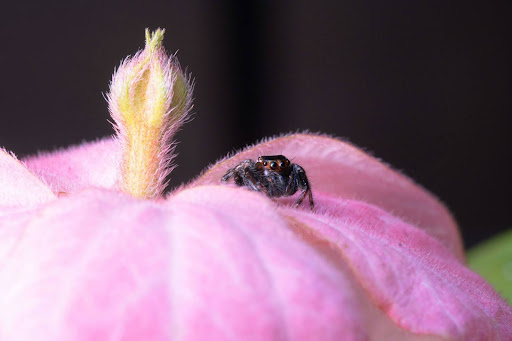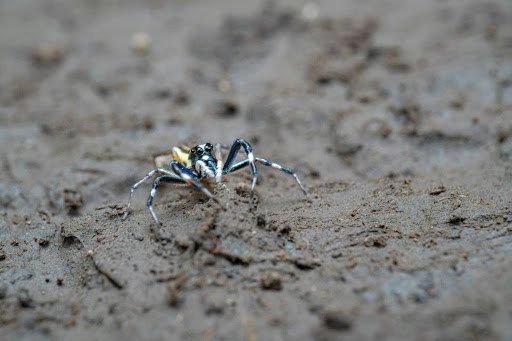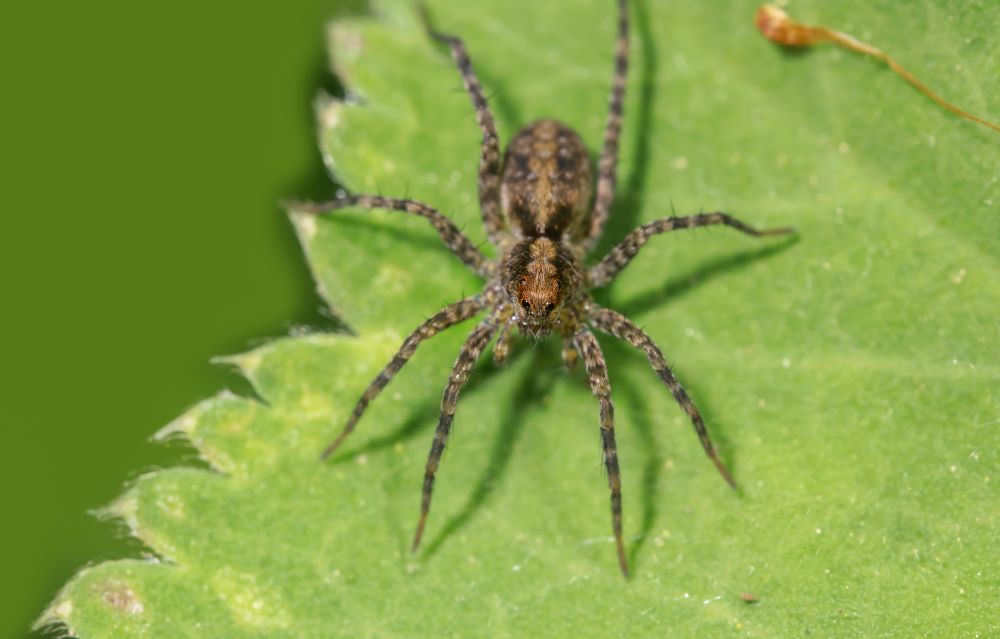Spiders are common in Arizona homes, especially when the weather changes or outdoor conditions push them inside. While most species are harmless, few homeowners want to share their living spaces with them. Spiders often sneak indoors in search of food, shelter, and a place to lay eggs. Once they find a quiet corner, they can quickly build webs and multiply. Preventing spiders from nesting indoors requires more than knocking down webs. It takes consistent cleaning, sealing entry points, and keeping other pests under control. Green Magic Pest Control helps homeowners eliminate spiders and create long-term prevention strategies for safe, comfortable living.
Why Spiders Come Indoors
Spiders typically move indoors when outdoor environments become too hot, cold, or dry. Homes offer ideal conditions with steady temperatures and a steady food source from other insects. Cluttered areas, basements, and attics provide perfect nesting spaces where spiders can remain undisturbed. In Arizona, species such as house spiders and black widows are especially drawn to dark, quiet areas like garages and storage rooms. Understanding what attracts spiders is the first step in keeping them out. Reducing clutter and controlling other pest activity limits their food supply, making your home a less appealing place to settle.
Keep the Home Clean and Clutter-Free
Spiders love hidden, undisturbed spaces. Regular cleaning reduces those hiding spots and keeps their prey away. Vacuum corners, ceilings, and behind furniture weekly to remove webs and egg sacs. Declutter storage areas, closets, and garages to eliminate dark nesting spots. Avoid stacking boxes directly on the floor and keep clothing or shoes off the ground. Dust regularly to prevent insects that attract spiders from settling in. A clean home also helps you notice signs of spider activity early before infestations grow. Consistent cleaning and organization create a less inviting environment for both spiders and their food sources.
Seal Entry Points Around the Home
Spiders can enter through small cracks, gaps, and openings around doors, windows, vents, and utility lines. Inspect the exterior of your home for any possible entry points and seal them using caulk or weatherstripping. Repair damaged screens and add door sweeps to exterior entrances. Pay special attention to basements, attics, and crawl spaces where spiders are most likely to enter. Sealing your home not only blocks spiders but also helps keep out other insects that attract them. Green Magic Pest Control often recommends spider sealing as a long-term solution to reduce infestations and prevent future nesting.
Control Other Insects to Limit Food Sources
Spiders are natural predators, feeding primarily on insects such as flies, ants, and beetles. When these pests are present, spiders are more likely to move in and stay. By reducing insect activity, you remove the main reason spiders invade your home. Professional pest control treatments target these insects at the source, disrupting the food chain that attracts spiders. Routine maintenance treatments from Green Magic Pest Control protect your home year-round, keeping both spiders and their prey under control. Managing pest populations inside and outside the home is one of the most effective ways to prevent spider infestations.
Keep Outdoor Areas Maintained
The area surrounding your home plays a major role in whether spiders make their way indoors. Trim shrubs, trees, and plants away from the house to eliminate pathways spiders use to enter. Remove piles of wood, debris, or leaves where they often hide. Keep outdoor lights off when not needed, as they attract insects that draw spiders closer. Ensure windows and doors are properly sealed and avoid storing clutter near exterior walls. Maintaining a tidy yard and keeping vegetation under control reduces the number of spiders living near your home and lowers the chance of indoor nesting.
Use Professional Spider Prevention Treatments
While household cleaning and maintenance help, professional pest control ensures complete protection. Spider treatments target both visible areas and hidden spots where eggs and webs may remain. Green Magic Pest Control uses safe and effective methods designed for Arizona’s most common spider species. Their technicians inspect your property, identify problem zones, and apply long-lasting treatments that keep spiders away. Routine service provides continuous prevention, so infestations never have the chance to return. Professional spider control offers peace of mind knowing your home is protected from unwanted pests all year long.

